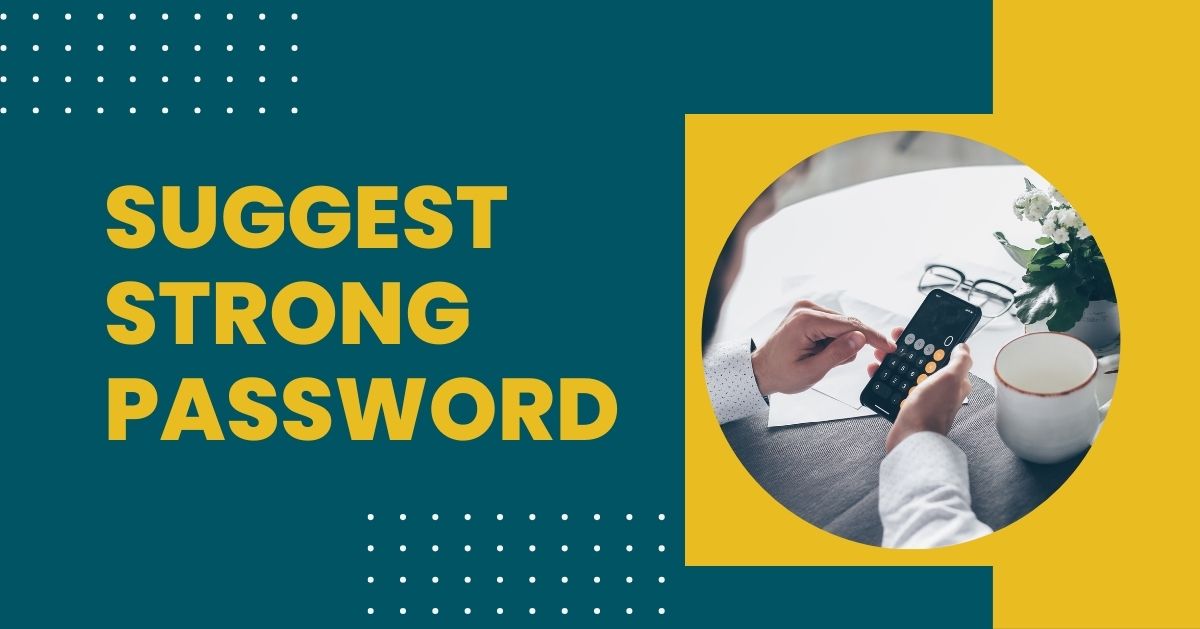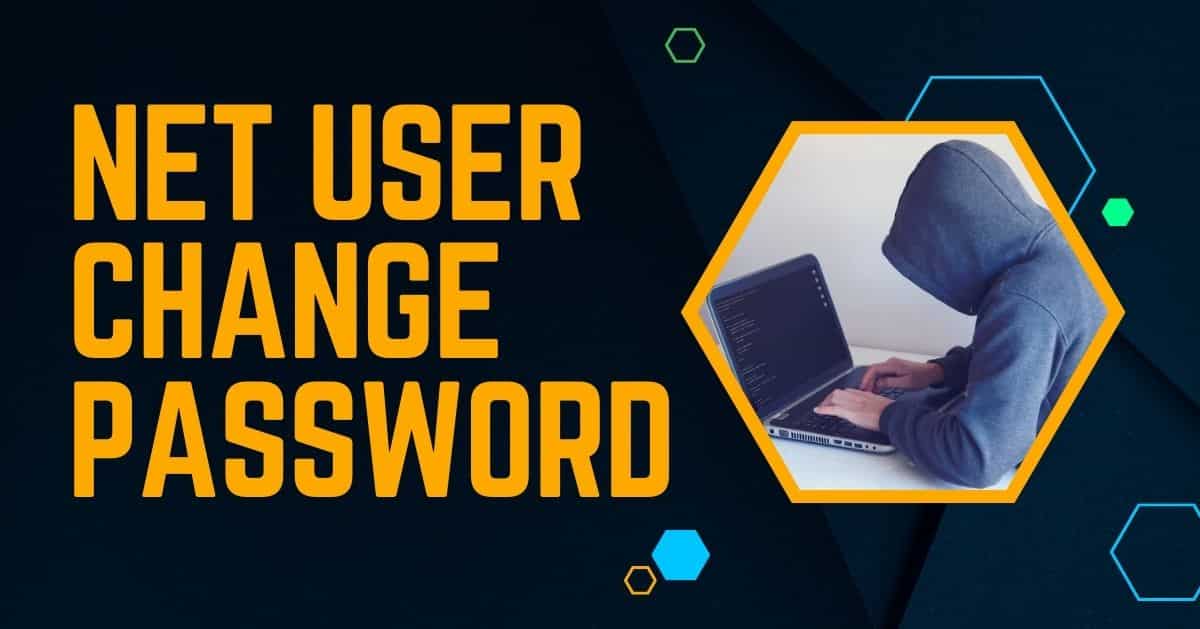Securing your apartment door requires just one key, but navigating the digital realm is more complex. With numerous online accounts, individuals often grapple with managing dozens of passwords. Crafting a password that strikes a balance between uniqueness and security can be challenging. To alleviate this frustration, we’ve compiled ideas and suggestions for robust passwords, empowering you to stay ahead of potential hackers.
What is a Suggest Strong Password?
While one might assume that the answer to this question is highly subjective, it is, in fact, quite the opposite. In its most straightforward sense, we suggest strong password which proves challenging to crack. The effectiveness of a password lies in its strength, serving as a robust defense against hackers and malicious actors. A powerful and reliable password can require millions of years to decipher, acting as a deterrent that discourages hackers from attempting unauthorized access.
When brainstorming effective password ideas, consider the following criteria:
1. Length: Ensure the password is at least 12-15 characters long.
2. Variety: Use a combination of letters, numbers, and special characters. Spaces can also be included.
3. Avoid Common Elements: Refrain from using common words, products, characters, names, or anything easily found in a dictionary.
4. Unpredictability: Create a combination that is unique to you and not easily predictable by others. Creative password ideas will be discussed shortly.
5. Uniqueness: Each password should be distinct, and avoid reusing them across multiple accounts. Using the same password on various platforms poses a security risk—if one password is compromised, all associated accounts are vulnerable.
[Get Vivid Info On: What Are Hulu Password Requirements?]
What is Considered a Weak Password?
Insecure passwords often involve sequential letters or numbers, have a length of fewer than eight characters, or rely on common words and phrases. These widely recognized passwords are typically the initial targets for malicious actors.
A yearly compilation of the top 200 most common passwords highlights that “123456” and “password” stand out as the most frequently used and vulnerable choices. Another instance of a weak password is employing the name of a fictional character, such as “Superman,” “Batman,” or “Joker.”
Suggest Strong Password Examples
Additional instances of weak and easily crackable passwords include:
- 123456789
- abc123
- qwerty
- iloveyou
- hello
- computer
- password123
If you’re uncertain about the strength of your passwords, you can consult the list of the top 200 most common passwords. This resource provides further examples and interesting insights into the prevalent passwords used globally.
The Most Common Password-cracking Techniques
1. Brute-force attack
In a brute-force attack, a malicious actor employs software that systematically tests every conceivable combination to discover the correct password. An eight-character password, incorporating a mix of upper- and lowercase letters, numbers, and special characters, can be cracked in as little as two hours. Conversely, robust passwords, characterized by their uniqueness and complexity, can withstand such attacks, requiring months or even years to be successfully deciphered.
2. Dictionary attack
While brute-force attacks experiment with diverse combinations of special characters, numbers, and letters, a dictionary attack relies on a program that systematically scans through a predetermined list of words. Essentially, if your password is discoverable in a dictionary, specialized software can efficiently crack it.
3. Phishing
Phishing is a social engineering tactic used to trick people into disclosing their login information. This Phishing assaults, which are frequently carried out via email services, entail hackers sending fraudulent emails purporting to be reliable sources. Usually, these emails take consumers to fake login pages, where they enter their login credentials and unknowingly give the hackers access to their personal information.
4. Credential stuffing
Hackers frequently use the method known as “credential stuffing” to obtain illegal access. It entails gathering passwords and usernames from prior breaches and testing them across many platforms. People often reuse the same passwords for many accounts, which makes this strategy very successful.
5. Keylogging
Keylogging is the process of infecting a user’s device with a particular sort of malware known as a keylogger. Depending on the particular software and device type, the keylogger can record the user’s keystrokes and device activities. Tracked data, copied and pasted data, phone call details, location data, and even screenshots can all be included in this surveillance. Equipped with this data, cybercriminals can easily acquire passwords and other confidential information, allowing them to launch further assaults on the target or their work-related information.
[Get Vivid Info On: What Are Spotify Password Requirements?]
How to Create a Strong Password?
1. Opt for longer passwords, aiming for at least 15 characters, even if some websites suggest eight-character passwords.
2. Steer clear of personal information ties, such as your name, surname, address, or date of birth.
3. Create a password with a random mix of numbers, symbols, and both upper- and lowercase letters.
4. Avoid using sequential letters and numbers in your password.
5. Refrain from substitution tactics; for example, both “kangaroo” and “k@ng@r00” are equally weak, and susceptible to brute-force attacks.
6. Never reuse the same password across multiple accounts.
Utilize our complimentary password security tool to assess the strength of your password and determine if it has been compromised in any data breaches. For an enhanced experience, explore the Password Health feature available. This feature conducts a thorough scan of all passwords stored in your Vault, identifying and addressing potential vulnerabilities.
Top 5 Strong Password Ideas
Crafting a robust and distinctive password can pose a challenge. To simplify this process, we’ve compiled a set of examples designed to enhance the security of your data and safeguard your accounts from breaches. Additionally, we’ve provided formulas and passphrase examples for you to experiment with. It’s important to note that while these examples serve as illustrations, we strongly advise against using them for your actual accounts.
1. Shorten each word
Consider a phrase and eliminate the first three letters of each word:
Original: “Laptop running free in the jungle”
Modified: “top ning e gle”
The resulting combination might sound like gibberish, and that’s precisely the goal. Enhance its complexity by incorporating special characters and numbers. With such modifications, this password would require 94,000 years to crack.
2. Create your formula
Establish a formula to aid password recall. For instance, replace each letter in a phrase with the succeeding one in the alphabet:
Original: “Cucumbers are tasty”
Transformed: “dvdvncfst bsf ubtuz”
Another ingenious method is to convert song lyrics into acronyms by using the initial letter of each line. For example, “Shine on you crazy diamond” by Pink Floyd becomes “rsnsybccystswrcc.” This password would take 746 million years to crack.
3. Play with the vowels
Opt for a simpler implementation and memorization approach: replace one vowel with another in a random nonsensical phrase. For instance:
Original: “A car is floating in a pan”
Modified: “e cer is floating in e pen”
Spaces are permissible in passwords, and we strongly recommend their use. With the inclusion of spaces and vowel substitutions, the above password would necessitate 583 million trillion years to crack.
4. Mix the codes of your favorite countries
This method is not only enjoyable but also easy to memorize, ensuring the generation of strong passwords consistently. Simply compile a list of ISO codes for your favorite countries and concatenate them:
Original: “Mexico, Ireland, France, Germany, Japan”
Transformed: “mex irl fra deu jpn”
Surprisingly, a hacker would need an astonishing six thousand trillion years to crack this password!
To elevate the complexity further and enhance security, consider adding each country’s calling code:
Transformed: “mex54 irl353 fra33 deu49 jpn81”
Such a password would demand an impressive 12 decillion years to crack. The level of security achieved is truly remarkable!
5. Use a password manager
If the process of creating and recalling random phrases for all your accounts feels overly intricate, consider employing a password manager. This user-friendly app facilitates the generation of strong, unique passwords, securely storing them in an encrypted Vault.
You can effortlessly add numerous passwords and access them from any device. By combining your creative password ideas with unique ones generated by the password manager for each account, you benefit from both worlds without the risk of forgetting them. Utilize a special code to receive an additional month.
How to Keep Your Strong Unique Password Ideas Secure?
- Utilize a reliable password manager for generating and storing secure passwords.
- Enable two-factor authentication (2FA) whenever possible to add an extra layer of security.
- Avoid saving passwords locally on devices or in web browsers to prevent unauthorized access.
- Regularly check for any data breaches involving your email address and promptly update passwords if compromised.
- Do not reuse passwords across multiple accounts to ensure security in case of a breach.
- Refrain from using easily accessible personal information, such as your name or birthdate, in passwords, as hackers often exploit this information.
Additional Tips For Suggest Strong Password
Here are additional tips to consider when seeking strong password ideas:
1. Prioritize Complexity: To safeguard your data, ensure that passwords are challenging to predict. Incorporating special characters and spaces enhances the time it takes for a password to be cracked.
2. Phone Security: When securing your phone, be cautious about pattern locks, which can be successfully replicated around 64% of the time. Instead, opt for a PIN or refer to our guide for creating robust phone password ideas.
3. Work Passwords: Implement new password ideas for your work accounts, avoiding the reuse of personal passwords. If personal passwords are ever compromised, the security of your work accounts could also be jeopardized.
4. Embrace Multi-Factor Authentication (MFA): Even with a robust password, unforeseen incidents can occur, potentially breaching your first line of defense. Utilizing MFA ensures that access to your accounts requires authentication from an additional device, enhancing overall security.
[Get Vivid Info On: What are Twitter Password Requirements?]
Suggest Strong Password Conclusion
In conclusion, ensuring the security of your passwords is crucial in safeguarding your personal and work-related accounts. Generating strong, unique passwords that are difficult to predict, and incorporating special characters and spaces, contribute significantly to enhancing their resilience against potential breaches. When it comes to phone security, opting for PINs over easily replicated pattern locks is advised. Remember to apply distinct password ideas to work accounts to prevent potential risks associated with password reuse.
Additionally, embracing multi-factor authentication (MFA) serves as an extra layer of defense, ensuring that even in the event of a password breach, unauthorized access is further mitigated. Whether through creative password ideas or the use of a reliable password manager, taking these measures collectively fortifies your digital security, minimizing the risks associated with unauthorized access and data breaches.








